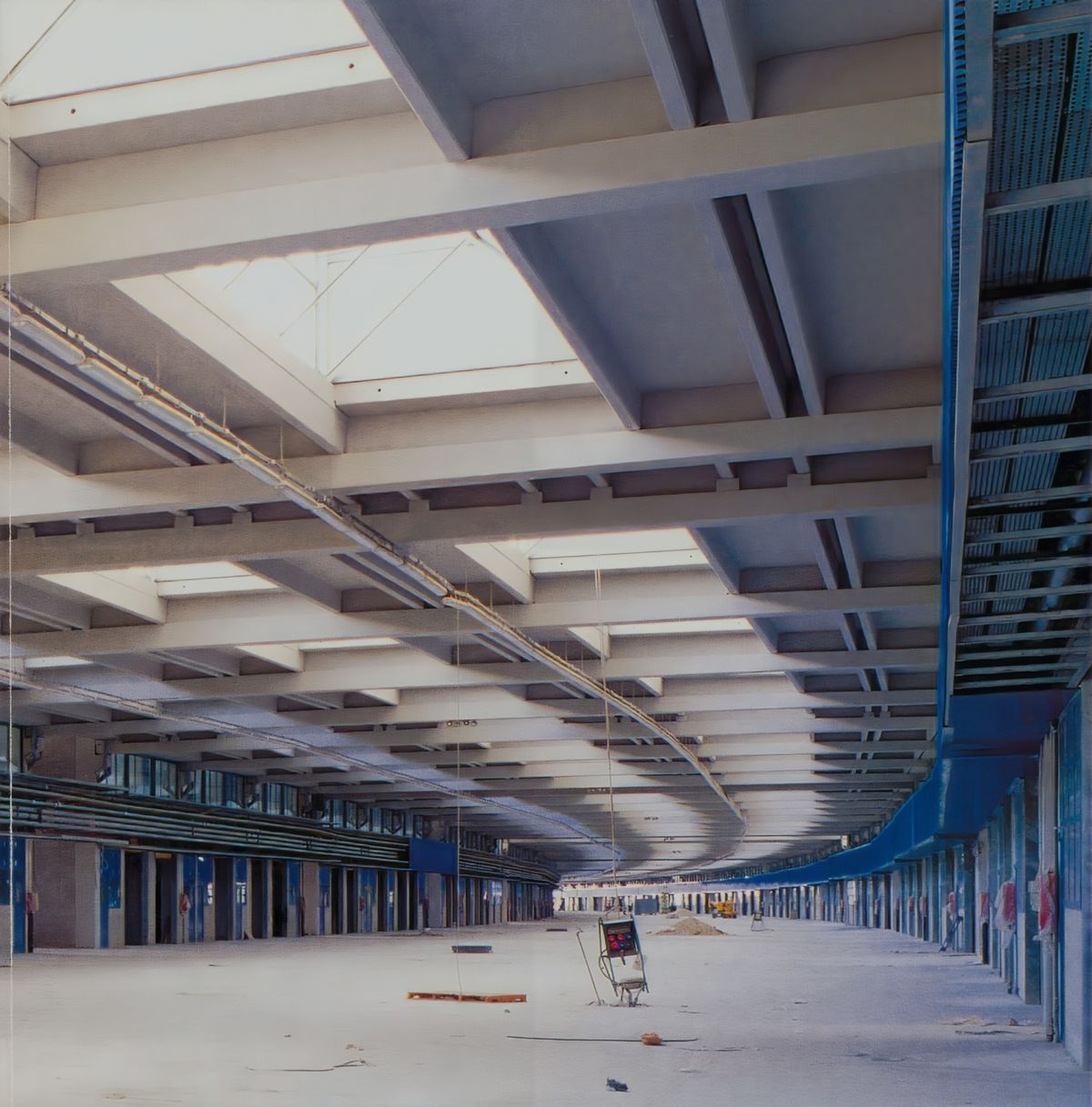
From the origins to the early 20th century
Turin, a city historically known for producing cereals, wine and other foods, had vast tracts of meadows and pastures that were suitable for cattle breeding. The city’s production was higher than its population’s consumption, which led to the development of vast and diverse market areas.
During the second half of the seventeenth century, the expansion towards Porta Nuova, the river Po and to the north (in the direction of Rivoli) allowed for an expansion of the existing markets.
As the first areas of commercial aggregation became active and flourishing in the sixteenth century, a push was made towards the creation of increasingly large market areas that could respond to the needs of both production and consumption.




